Maori Language An Introduction for Travellers and Newcomers Urban Napflin  Haere mai ki Aotearoa! Welcome to New Zealand! ('Go-here-to-New Zealand') Copyright Smashwords Edition Version 3.1 Copyright 2018 Urban Napflin, Whangarei Tours Ltd, Tourleader New Zealand All rights reserved. All rights reserved. This ebook, including all its parts, is protected by copyright and must not be copied, resold or shared without the permission of the author. Also published by the same author: Travel New Zealand - An introduction for travellers to Aotearoa, the land of the long white cloud Introduction to New Zealand animals - A short introduction to the unique wildlife of New Zealand
Haere mai ki Aotearoa! Welcome to New Zealand! ('Go-here-to-New Zealand') Copyright Smashwords Edition Version 3.1 Copyright 2018 Urban Napflin, Whangarei Tours Ltd, Tourleader New Zealand All rights reserved. All rights reserved. This ebook, including all its parts, is protected by copyright and must not be copied, resold or shared without the permission of the author. Also published by the same author: Travel New Zealand - An introduction for travellers to Aotearoa, the land of the long white cloud Introduction to New Zealand animals - A short introduction to the unique wildlife of New Zealand
Introduction
Nearly
650,000 New Zealanders identify themselves as of Mori descent, a number that has increased by 30% in the past 15 years and is far from the lowest number of 43,000 in 1896 which was caused by epidemics, warfare and alcohol.
Te Reo ('the language') is, in addition to English and sign language, a national language of New Zealand since 1987, but unfortunately only about half of all Mori speak more than a few words or sentences. Only one in four Mori or 4% of New Zealanders can speak fluently.
This is improving recently, as politics have changed radically over the past years and Te Reo is now supported in every way. It will, however, only develop into a real and living language if children are educated by their parents to be consistently bilingual. Every year has a Mori Language Week that promotes the language in the media (last week in July). There are now television, radio stations and magazines in Te Reo, but still one can only hear it in remote areas as an everyday language. Due to the spiritual and traditional importance of the language it has mainly survived during ceremonies in the traditional meeting houses. For travellers, knowledge of the Mori language is not necessary, but knowing some pronounciation and words certainly helps to better understand the Mori aspects of New Zealand.
Especially if you think you will receive an invitation into a meeting house, some understanding is a good start to enhance your experience. It is also a very interesting language and for western ears has a highly exotic appeal. Mori know how difficult it is to learn their language and there are not many Mori who are fluent in Te Reo. It is a worthwhile effort though: Te Reo skills are probably the best proof that someone respects Mori culture and traditions. Travelling gets more exciting and the knowledge of some words or phrases is guaranteed to lead to interesting and funny situations. you'll also be able to form your own sentences. 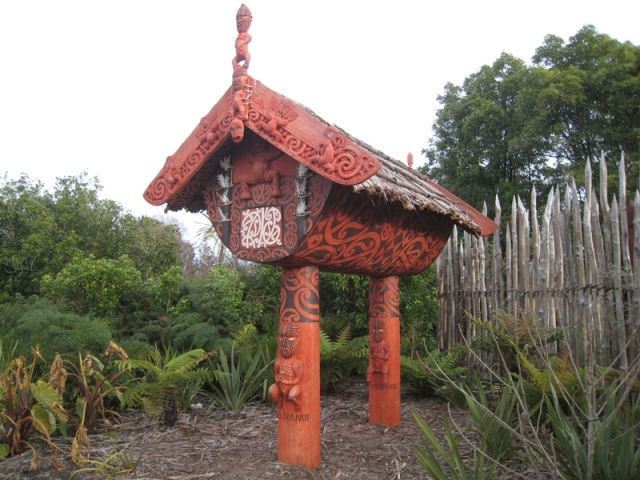 History and related languages Te Reo is an Eastern Polynesian language und strongly resembles other languages of the region, it is especially close to Tahitian and Rarotongan languages, but the similarities stretch all the way to Hawaii and Easter Island (Rapa Nui).
History and related languages Te Reo is an Eastern Polynesian language und strongly resembles other languages of the region, it is especially close to Tahitian and Rarotongan languages, but the similarities stretch all the way to Hawaii and Easter Island (Rapa Nui).  History and related languages Te Reo is an Eastern Polynesian language und strongly resembles other languages of the region, it is especially close to Tahitian and Rarotongan languages, but the similarities stretch all the way to Hawaii and Easter Island (Rapa Nui).
History and related languages Te Reo is an Eastern Polynesian language und strongly resembles other languages of the region, it is especially close to Tahitian and Rarotongan languages, but the similarities stretch all the way to Hawaii and Easter Island (Rapa Nui).
The Austronesian language family reaches as far as Madagascar, with 1,200 languages and 270 million speakers. There are also rumours/theories tracing the origins of Mori language to ancient Egypt, Indonesia or even Japan. European missionaries held their church services in Te Reo from the start and developed the written form of today - prior to that it was only a spoken language. The first publications were primarily used for religious purposes. In 1815 the first book was published in Te Reo, but only as late as the 1830s there was agreement on a definitive spelling. Unfortunately, during the next 140 years the language was of minority status and nearly got lost.
As Te Reo was never used at schools there is still not much literature around. Chronology: Prior to 1840: Mori was used by Europeans to communicate and deal with locals. 1840: The Treaty of Waitangi, which formalised the English involvement, was signed in English and Mori (with misunderstandings in the translation, which to this day causes problems, see www.waitangi-tribunal.govt.nz ). 1850s: The Mori population becomes a minority and English is increasingly important. 1867: English is the exclusive school language for all New Zealanders. Early 1970s: People begin to realise that Te Reo may not survive as a language and the first initiatives get started. 1978: The first bilingual school is formed 1982: The national preschool institution Te Khanga Reo ( khanga = nest) is founded ( www.kohanga.ac.nz ). 1980s: First Mori radio stations. 1985: The nationwide network of Kura Kaupapa Mori (school-theme-Mori) is established. 1987: Te Reo becomes an official national language. 1993: First television programs in Te Reo. 2004: First Te Reo TV channel: Mori Television. 2004: First Te Reo TV channel: Mori Television.
First Mori Language Week. 2008: Second Te Reo TV channel: Te Reo. The alphabet The Te Reo alphabet only has 15 letters: 5 vowels: a, e, i, o, u 10 consonants: h, k, m, n, ng, p, r, t, w, wh Words with a b, c, d, f, g, j, l, q, s, v, x, y or z are therefore not of Mori origin. Pronounciation Pronounciation (whakahua) of the vowels is similar to German or Japanese: A: as in dark or car E: as in net or ted I: as in need O: as in not U: as in moon or book NG: as in singer WH: spoken like an F in most dialects AU: can sound like an OU Pronounce each syllable. For example, listen to the news broadcast by Mori Television (yes, Mori is also written with a macron) with English subtitles on www.maoritelevision.com . 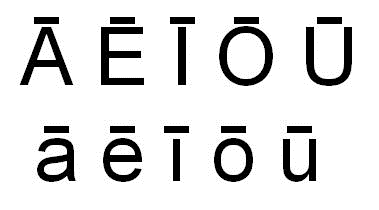 Alternatively, the macron can be replaced by a double vowel (aa).
Alternatively, the macron can be replaced by a double vowel (aa).  Alternatively, the macron can be replaced by a double vowel (aa).
Alternatively, the macron can be replaced by a double vowel (aa).
Macrons can change the meaning of words, for example: Wahine = Woman, Whine = Women Tuahine = Sister, Tuhine = Sisters Mana = Prestige, Mna = For him/for her Ata = Morning, ta = Carefully Marama = Month, moon, Mrama = Understanding, light Pene = Pen, Pne =Music band Tip: focus on other things in the beginning and simply ignore the macrons. Dialects The differences between the dialects are never so strong that people would not understand each other. The various regions and tribes have developed their own particular words and slight differences in pronunciation and grammar. - Wh may be spoken as an f in one region and in another it may be pronounced as a w. It can also occur as an h, for example whakatoi (cheeky) can be written hakatoi. - Ng is sometimes written as n (Thoe and Bay of Plenty).
On the South Island the ng can turn into a k: Mount Cook is called Aoraki
Next page

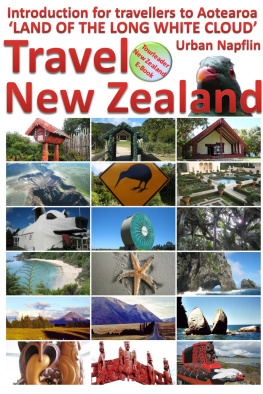
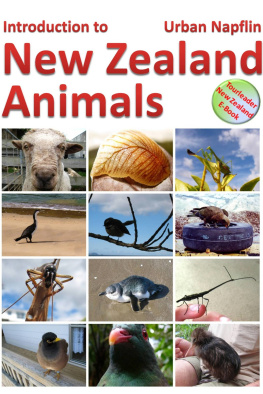
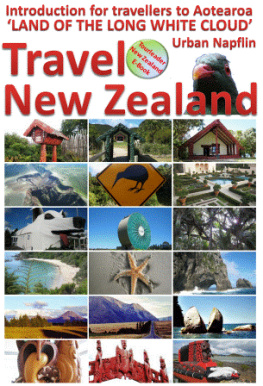

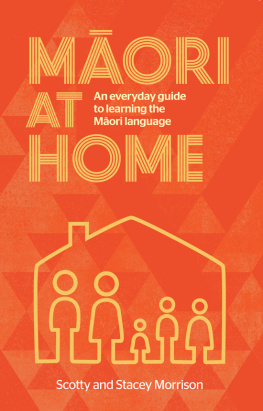
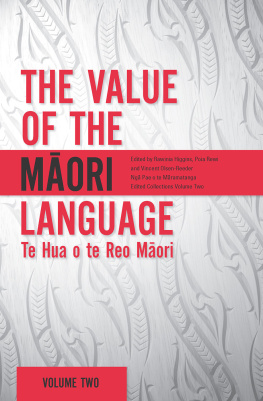
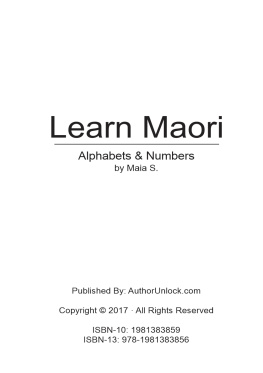
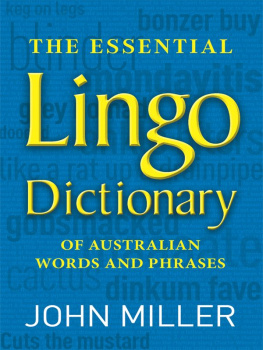
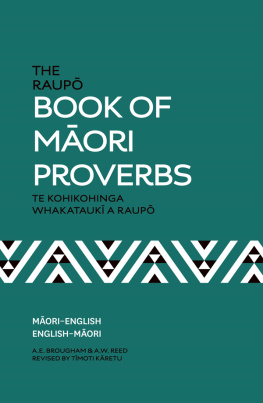
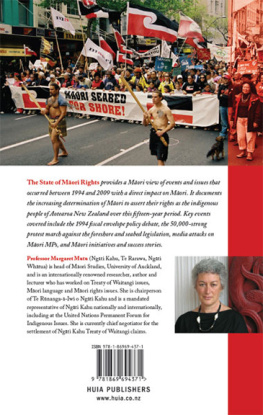
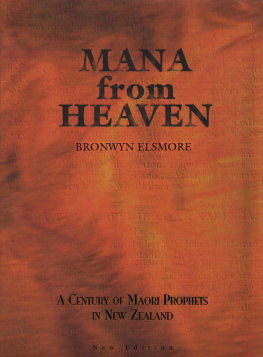
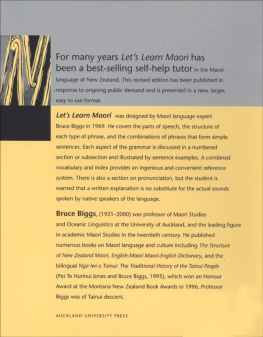
 Haere mai ki Aotearoa! Welcome to New Zealand! ('Go-here-to-New Zealand') Copyright Smashwords Edition Version 3.1 Copyright 2018 Urban Napflin, Whangarei Tours Ltd, Tourleader New Zealand All rights reserved. All rights reserved. This ebook, including all its parts, is protected by copyright and must not be copied, resold or shared without the permission of the author. Also published by the same author: Travel New Zealand - An introduction for travellers to Aotearoa, the land of the long white cloud Introduction to New Zealand animals - A short introduction to the unique wildlife of New Zealand
Haere mai ki Aotearoa! Welcome to New Zealand! ('Go-here-to-New Zealand') Copyright Smashwords Edition Version 3.1 Copyright 2018 Urban Napflin, Whangarei Tours Ltd, Tourleader New Zealand All rights reserved. All rights reserved. This ebook, including all its parts, is protected by copyright and must not be copied, resold or shared without the permission of the author. Also published by the same author: Travel New Zealand - An introduction for travellers to Aotearoa, the land of the long white cloud Introduction to New Zealand animals - A short introduction to the unique wildlife of New Zealand History and related languages Te Reo is an Eastern Polynesian language und strongly resembles other languages of the region, it is especially close to Tahitian and Rarotongan languages, but the similarities stretch all the way to Hawaii and Easter Island (Rapa Nui).
History and related languages Te Reo is an Eastern Polynesian language und strongly resembles other languages of the region, it is especially close to Tahitian and Rarotongan languages, but the similarities stretch all the way to Hawaii and Easter Island (Rapa Nui).  Alternatively, the macron can be replaced by a double vowel (aa).
Alternatively, the macron can be replaced by a double vowel (aa).